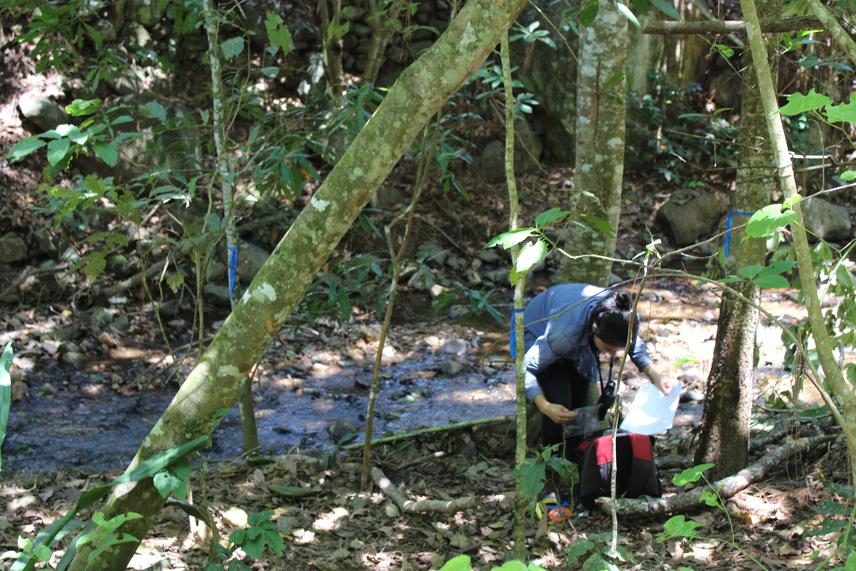Hernando Rodríguez Correa
Other projects
19 Jun 2018
Integrated Research and Conservation of Endangered Quercus insignis Martens & Galeotti, 1843 (Fagaceae)
This project aims to conduct a conservation research project of a keystone Neotropical oak species (Quercus insignis: Fagaceae) and its representative ecosystem, Mountain Cloud Forest. The purpose is to facilitate international, interdisciplinary and collaborative conservation by sharing findings, conservation methods and strategies among key stakeholders. We will use a multidisciplinary approach to study the capacity of the species to survive under the expected changes in the environment under the current global al regional climate change scenarios.

Quercus insignis Martens & Galeotti, 1843 (Fagaceae) is an endangered oak species that despite having a wide geographical distribution, ranging from Mexico to Panama, is locally rare due to its specific environmental and ecological requirements, and the high level of anthropogenic pressures it has had to endure. It is a key species for understanding Neotropical Quercus evolution, a resource for wood-derived products, an important local cultural symbol, and a valuable species in ecological restoration initiatives. Moreover, Q. insignis can be used as a representative case study to understand how climate change will affect neotropical Mountain Cloud Forest and provide insight into conservation and management solutions
Our project has the general objective of creating a conservation and managemenhondt plan for Quercus insignis and its habitat, the Mountain Cloud Forest ecosystem by investigating how the species and associated ecosystem work and by establishing collaborations between key stakeholders interested in their conservation. Specifically, we will address this objective in two different ways: the characterization and analysis of adaptive genetic information and functional traits and, through the creation and dissemination of conservation recommendations.
Firstly, we want to analyse adaptive genetic diversity and understand the way it is distributed. This will allow the identification of genotypes which reflect adaptation capacity throughout the species range to be suggested as possible sources for reforestation and restoration efforts. It will also help us to recognize the areas where future climatic conditions will not match the genetic capabilities of the current individuals. Secondly, by looking at functional traits (which are important characteristics that help us understand how species respond to the environment) we will better our understanding the response potential of different populations to climate change. Finally, we will create conservation and management recommendations which we will disseminate among local communities, government and educational institutions.